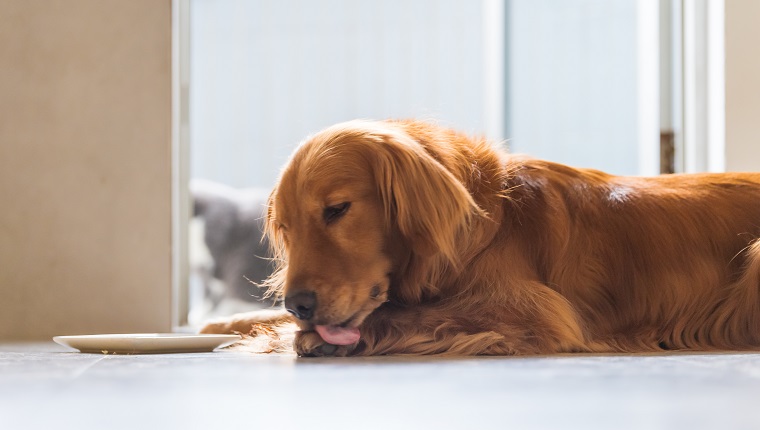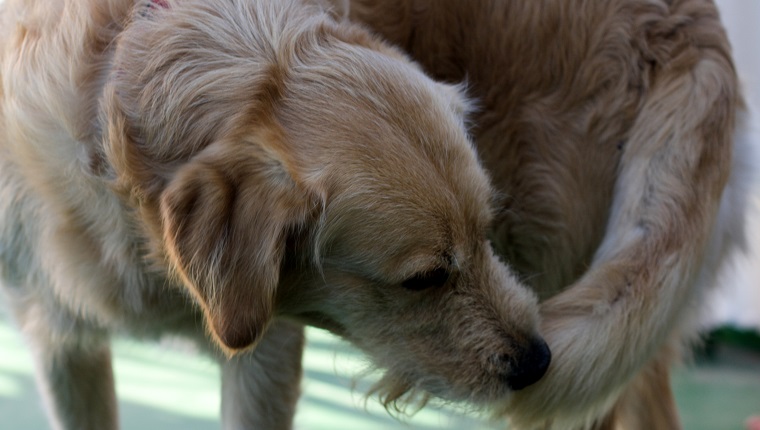Obsessive compulsive disorders (OCD) in dogs describes conditions where dogs repeat behaviors or actions that end up interrupting their usual daily functions. Some of the common examples include chasing their tail, pacing in circles, and chasing after invisible objects.
Additionally, specific breeds of dog can have a higher predisposition to developing certain OCDs. These disorders usually take root early in dogs’ lives.
If you see signs that your dog might be suffering from OCD, then you must consult your veterinarian for a proper diagnosis and course of treatment. Here’s what you should know about the symptoms, causes, and treatments of obsessive compulsive disorders in dogs.
Symptoms Of Obsessive Compulsive Disorders In Dogs
Obsessive compulsive disorders in dogs can result in a range of symptoms and behaviors. Some of the most common obsessive behaviors include:
- Self mutilation resulting in loss of hair or skin
- Licking a part of the body repeatedly (acral lick dermatitis)
- Repeatedly chasing their tail
- Chasing after unseen objects
- Increase in frequency of a repeated behavior
Causes Of Obsessive Compulsive Disorders In Dogs

Obsessive compulsive disorders in dogs can result from a few circumstances. In some cases, they can arise due to a physical issue or illness that, in turn, amplifies the anxiety a dog is feeling.
Confinement in a kennel or small space can also contribute to obsessive compulsive behaviors, including spinning around.
Additionally, exposure to certain toxins, such as lead, or suffering from a nervous system disease can also bring on these disorders in dogs.
When it comes to specific dog breeds, Miniature Schnauzers are prone to chasing unseen objects, Bull Terriers often take to to spinning, and larger dogs seem more likely to develop acral lick dermatitis.
Veterinary Treatments
If you believe your dog is engaging in obsessive compulsive behaviors, then your veterinarian will want to carry out a full physical examination of your dog.
They’ll ask detailed questions about any recent incidents or circumstances that might have prompted the behaviors, along with asking about any canine family history of OCD. The vet will also conduct blood, urine, and electrolyte tests to rule out any underlying conditions.
For treatment, your vet might suggest the use of anti-anxiety medicine. As always, if your vet prescribes your dog medicine, then you must stick to the precise dosage and frequency instructions, along with completing the entire course of medication.
If your dog is causing themselves physical harm due to their behaviors, your vet may suggest a period of hospitalization. This is to prevent the condition from worsening.
In many cases, vets recommend the use of a professional animal behaviorist. A behaviorist will try to help your dog learn to deal with their compulsive behaviors along with decreasing any feelings of anxiety. Your vet can help recommend an appropriate behaviorist for your dog’s needs.
Veterinarians and behaviorists also sometimes suggest environmental changes in the home as part of the treatment process. These changes often aim at removing stressors and reducing anxiety.
Has your dog ever displayed obsessive compulsive disorders? Did your vet or behaviorist help your dog stop the compulsive behaviors? Then tell us all about it in the comments below.









